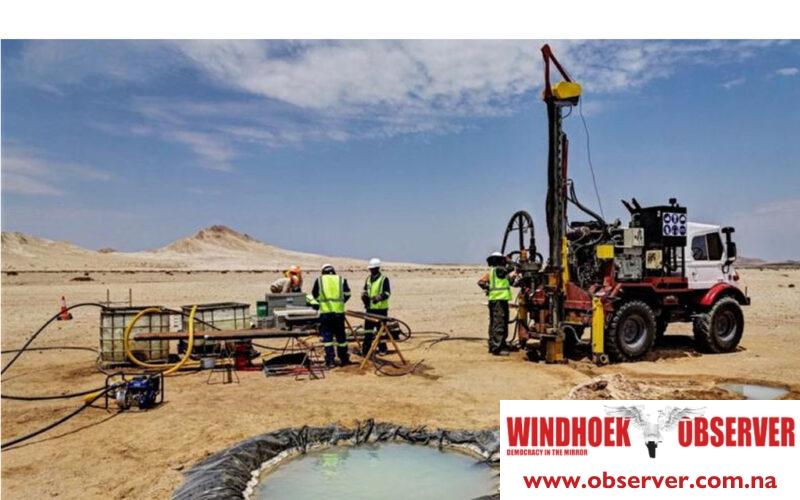Uranium market fundamentals continue to improve as a broad spectrum of countries announce plans for ever-increasing nuclear power capacity to enhance long-term energy security and pursue attainment of net-zero carbon goals, Deep Yellow, which is developing uranium mines in Namibia said this week.
High prices are good for Namibia, the third largest uranium producer in the world. Deep Yellow’s projects include the Tumas, Omahola, Nova JV and the Yellow Dune JV.
Deep Yellow announced that China, India and Sweden are planning to significantly increase installed nuclear power electricity generation, while several African countries (Kenya, Nigeria, South Africa) envision the implementation of small modular reactors over the next decade.
Recently the Nuclear Energy Summit sponsored by the Belgian government and International Atomic Energy Agency (IAEA) held a meeting in Brussels met to discuss the rebuilding of the European nuclear power industry citing renewed interest in nuclear power due to the need to identify alternatives to Russian natural gas imports, as well as the European Union’s commitment to reduce net greenhouse gas emissions by 55% by 2030.
Deep Yellow said the surge in government support for nuclear power growth faces constraints in the nuclear fuel cycle as natural uranium production struggles to meet the accelerating global reactor requirements not just for the existing operating reactors but also newly emerging uranium needs.
Recent pledges to triple nuclear power by 2050 would necessitate the annual production of as much as 500 million pounds of uranium oxide, the company said.
“The pursuit of rapidly rising uranium production targets is expected to place significant stress on an industry which has been under-capitalised for an extended period, not only in the post-Fukushima period but literally for decades as utilities embraced lower-cost Russian sourced nuclear fuel to the detriment of Western suppliers,” Deep Yellow said.
The statement said while the uranium spot market price since the beginning of 2023 has demonstrated escalating volatility, both on the upside and to a lesser degree on the downside, the crucial long-term uranium price has continued to rise recently attaining US$80 per pound of uranium oxide.
“While that price level is a vast improvement from the term price in the low US$50 per pound range 18 months ago, in order to incentivise new greenfield developments that price must further increase and prove to be sustainable,” the statement said.
Deep Yellow said looking forward, the estimated global total uranium requirements of no less than four billion pounds’ uranium oxide from now until 2040 are less than half covered by purchase agreements.
“Continued upward price pressure can be anticipated as greenfield uranium production projects must be brought into development.”




